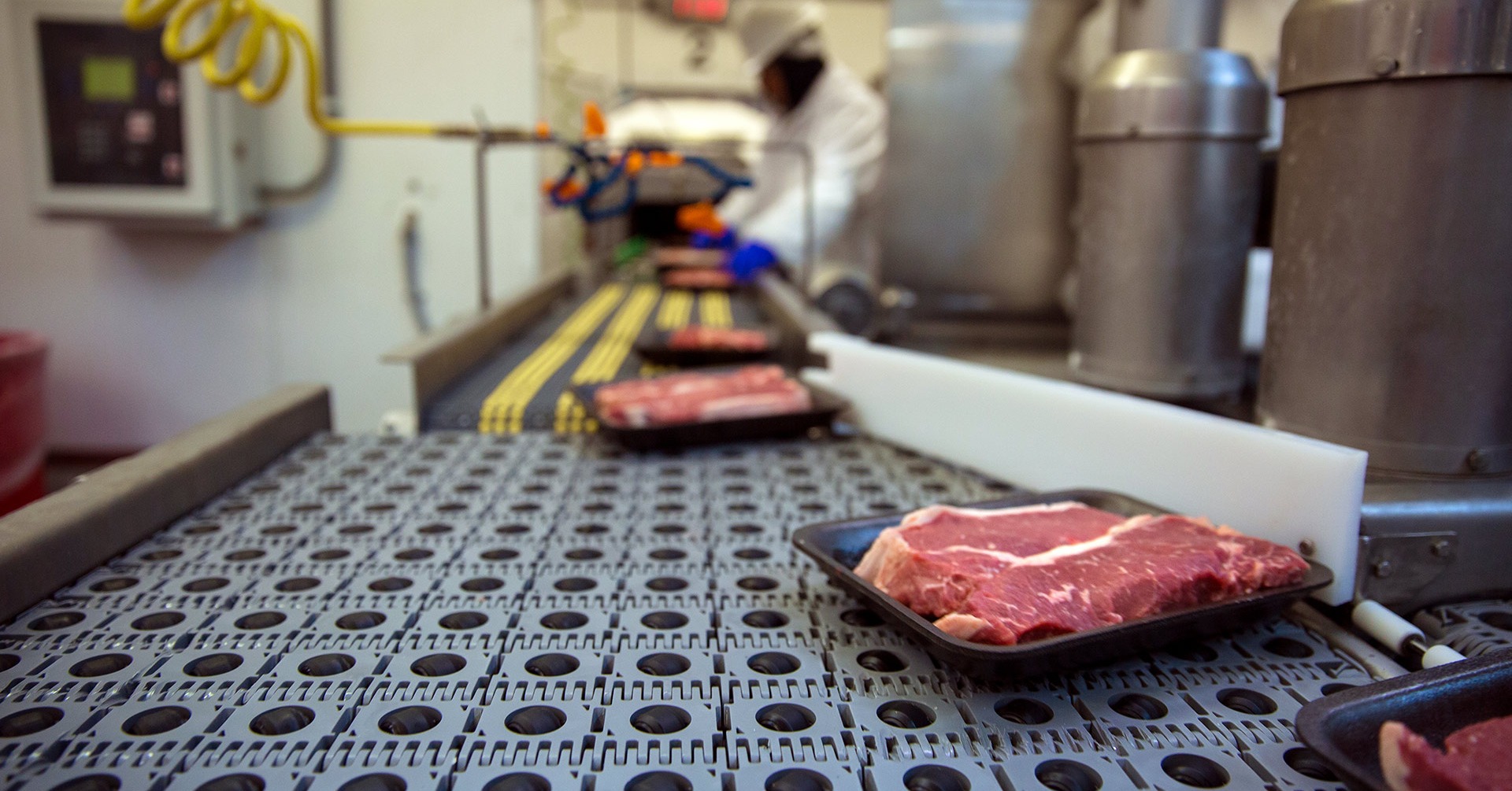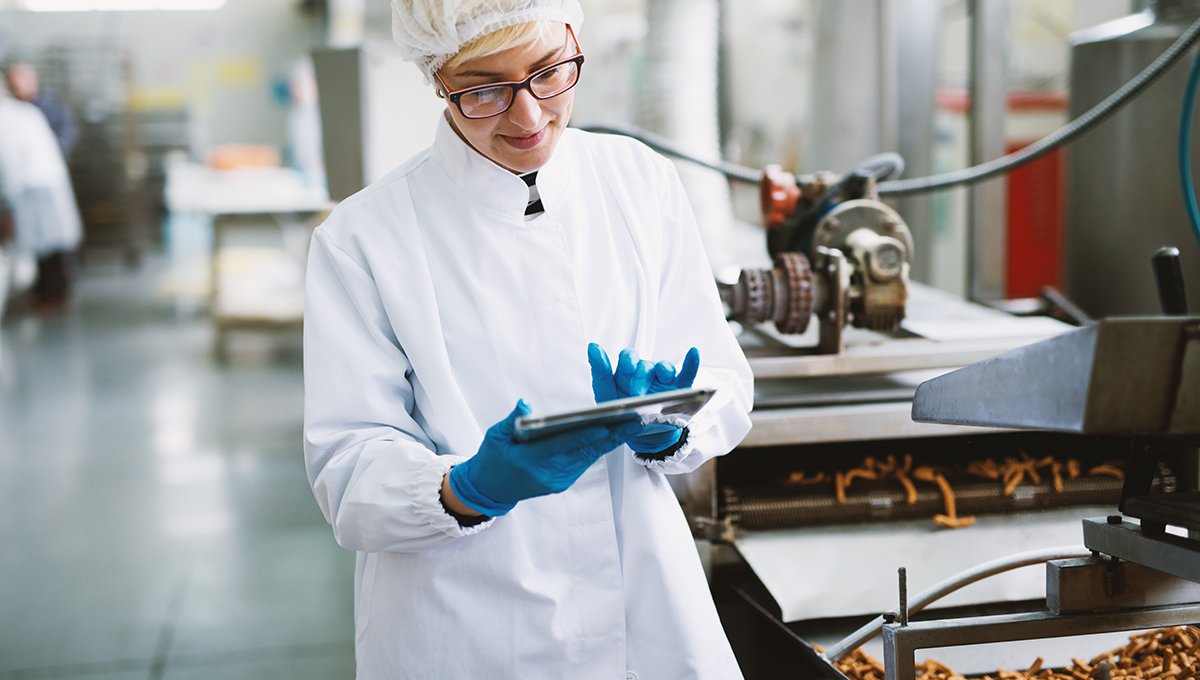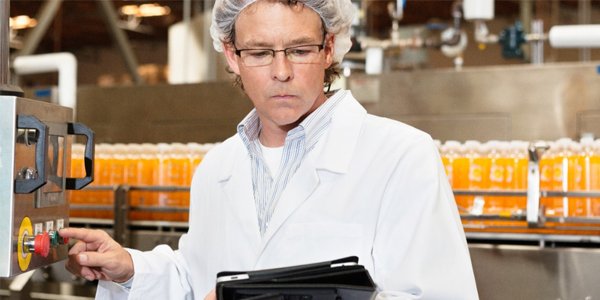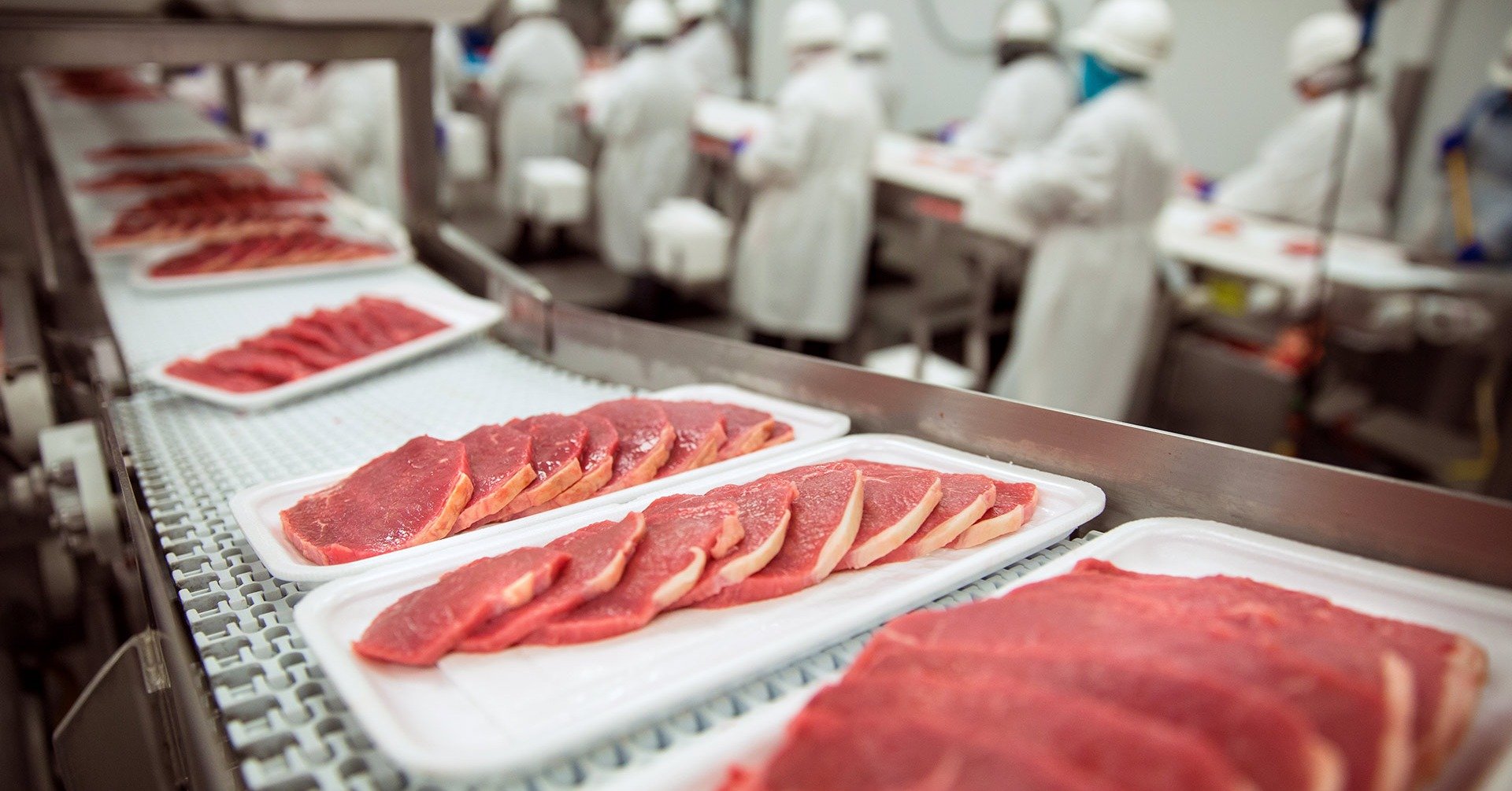The pandemic’s disruption is virtually unavoidable in every industry, but it’s especially evident within the food supply chain. Amidst markets in flux, emerging health and safety concerns, and shifting standards, it’s clear that this is a time of considerable upheaval within the food industry.
However, the disruption the pandemic brings also provides a unique opportunity to reassess safety protocols and revise your current technology. Even amid an upended market, many operational changes can be implemented, honed, and cultivated for long-term improvement. Let’s take a deeper dive into three steps that will prepare you for the next year of safety challenges.
Step 1: Digitize your safety inspections and audits
Collecting rich and rapid safety data has always been a struggle in the food industry. That’s why one of the most significant improvements you can make to your safety process is to digitize manual forms, spreadsheets, and data tools. In a recent editorial, our resident food industry analyst Eric Graves pointed to three primary sources of safety information within the food supply chain: plant safety, worker safety, and food safety. There are common protocols for collecting all three of these sources of data:
- Take a measurement, sample, or observation
- Record the results in a permanent repository
These shared protocols mean each source of safety data can see considerable benefit from digitization and automation. A tool that can bring these formerly disparate data sources together in one place has far-reaching ramifications on operational efficiency. Using mobile forms on a smart device, literally any employee can collect data, report their findings, and collaborate on real-time tasks. They can work faster than if they were using paper, and built-in features like embedded scoring and field validation ensure their response is reliable.
Meanwhile, that data is automatically aggregated where it can be digested, analyzed, and acted upon. This all but eliminates the opportunity cost of wrapping up high-skill workers with complicated software like spreadsheet programs. With an app that can handle most of the calculations and formulas all on its own, anyone can manage data entry tasks that previously required a spreadsheet pro.
Be aware that not all digital solutions are created equally. Some are bloated “freemium” apps that promise large-scale use cases, but they ultimately buckle under the stress of real-world enterprise scenarios. To learn more about the advantages of different mobile solutions, check out the Form.com Buyer’s Guide.
Step 2: Automate manual processes with workflows
Keeping a great system of record is only part of the battle. Management needs to respond appropriately to changing conditions and pending issues. Your organization will undoubtedly define internal auditing standards based on the appropriate HACCP and HARPC plans. Enforcing strict safety standards is essential in controlling risk factors. However, how you respond when something falls out of compliance can have a huge impact on the time spent correcting it—and the bottom line.
The data that auditors on the plant floor collect could be used to issue new tasks based on configurable workflows, which provide real-time assignments to remediate and follow up on issues. When combined with a custom integration layer, you can set up workflows that cross the barrier between different systems. For example, information gathered on your data collection solution could set up a task within your work order system automatically.
Here are just a few more ideas of what workflows can do for your forms:
- Immediately alert stakeholders when an inspection reveals a red-flag issue
- Assign work orders with custom statuses, deadlines, and scoring metrics
- Automate approval processes, escalation chains, and paths of priority
- Schedule custom reports that automatically deploy to management teams
Step 3: Analyze your safety data for long-term improvement
Food industry organizations collect huge amounts of safety information. Integrating and analyzing those mountains of data is challenging—and often impossible—without the right tools. Analysis tools like dashboards and deep-dive reports can provide a strong foundation for understanding safety inspections by breaking unfiltered data down into easy-to-digest pieces. With real-time, daily analytics, each question on a form represents a “speedometer” that shows results with up-to-the-minute metrics. This allows management teams to quickly pivot when plant, employee, or food safety is out of compliance.
Similarly, historical data can influence long-term decisions. By dissecting data collected over time, leaders can uncover trending safety issues. This might reveal that a specific location or region is suffering from poor compliance, triggering a re-training plan or staffing changes. Dashboards reflect each question from your forms, offering an unobstructed view of what’s going on the plant floor right now and over time.
With this unparalleled clarity and insight, it becomes possible to make a decision, monitor the outcomes, and pivot based on the outcomes. Understanding the results of big-picture initiatives becomes easier and more effective than ever. Most importantly, more reliable data means more confident decisions, and more confident decisions mean safer and more efficient processes.
The next steps for food industry safety in 2021
The pandemic poses a unique challenge to the food industry in terms of safety, but it can be answered with steps toward more intelligent, dynamic technology. This provides a better connected and more reliable response to the persistent problems of safety in the food supply chain: foodborne illness, cross-contamination, and supplier compliance. As those obstacles combine with new obstacles like additional regulations, the imperative to seek out new solutions grows.
Form.com specializes in turning your paper forms and spreadsheets into powerful mobile solutions. We can help your organization keep up with shifting safety standards by using intuitive dashboards, easy-to-use mobile forms, and custom workflows. Get in touch with a solutions expert today to learn how Form.com can create a unique solution to help your organization maintain food production safety. Or, upload your forms, and we’ll begin the demo process by recreating your process within our platform.







